Free Tropical Runtz seeds on orders over $150!
Autoflower vs photoperiod is the matchup in this article. Here we will compare and contrast these two cannabis plant types.
What are auto flowering plants? Autoflowers are plants that do not bloom in response to seasonal variations. After a few branches form, the plant starts to flower “auto,” which is why they are called autoflowers. To summarize what are autos, we need to consider their flowering time regardless of the circumstances we give. You will not worry when they get 12 hours of sunlight because autos will still flower.
What are photoperiod cannabis plants? When it comes to size and productivity, photoperiod strains exceed autoflowering varieties. They’re a little more challenging to grow than auto, but the extra effort is always worthwhile.
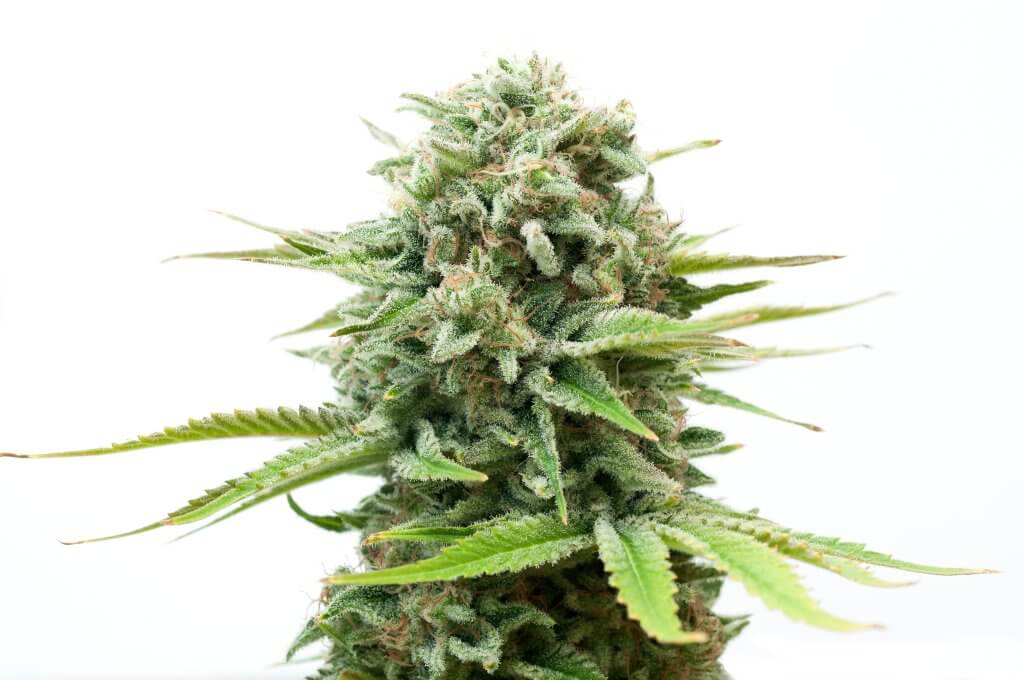
The light and dark cycles are factored in when discussing a photoperiod plant. This occurs because photoperiodic cannabis plants will only begin flowering once they have received at least 12 hours of darkness, which occurs outdoors during the winter or when you switch to 12/12 indoors. For example, when you see a number like 24/0, it usually means the plant receives 24 hours of light and 0 hours of darkness.
The most significant distinction between photoperiod vs autoflower cultivars is how they begin flowering. After a relatively short seedling process, the vegetative stage is the first critical step of the growing cycle. Plants are busy ingesting cannabis nutrients, widening their root systems, and generating large fan leaves throughout this time. Plants start to create flowers after they have completed the vegetative phase. The glandular trichomes that produce valuable cannabinoids and terpenes are housed in these structures. Here are factors to consider when growing autoflower vs photoperiod;
If you have previous experience, growing autoflower cannabis is simple. Nature takes over once you germinate and plant the seedlings as long as you provide them with the necessary nutrition. For fast flowering vs autoflower, autos flowering usually begins about five weeks after planting. They start to bloom on their own. When the delicious buds are ready, you collect them. Although photoperiod cannabis is dependent on light cycles to initiate flowering, you can take advantage of this phenomenon, mainly if you cultivate indoors. Maintaining an 18/6 schedule will keep your plant in the growing stage. Keep it in the vegetation stage until you decide it is mature enough to produce massive buds. Then, after 12 hours of darkness, it will be ready to flower.
Another way how to tell autoflower from photoperiod is by the sizes. The size of your cannabis has a significant impact on the final yield. It also influences the type of growing setup you select.
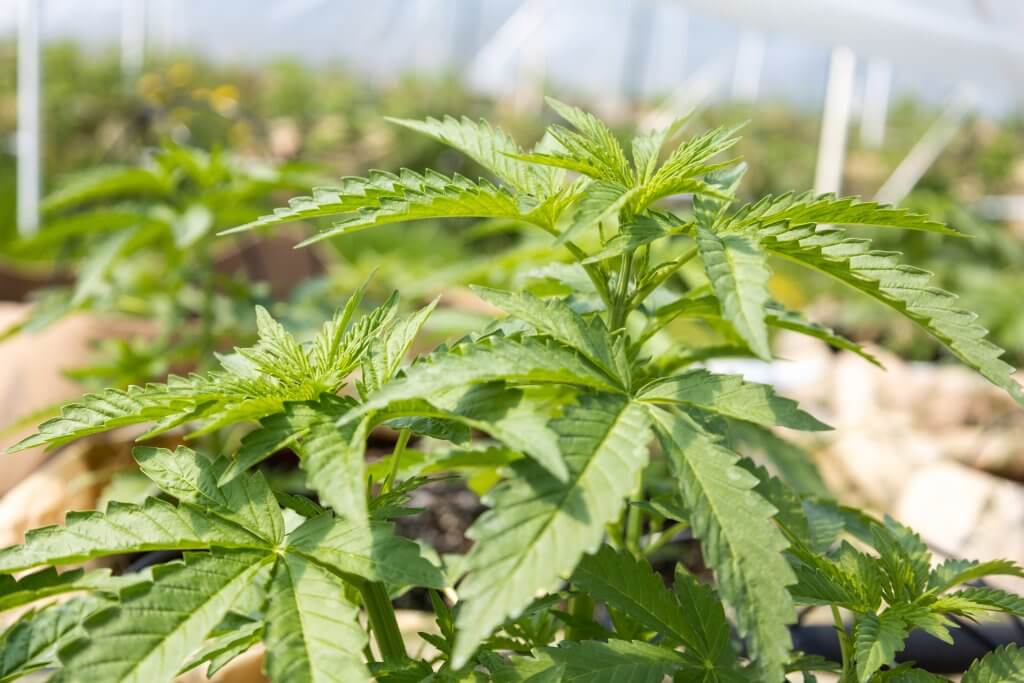
If you have the space for a larger plant, you will most likely get a higher yield; however, not everyone has 8 feet of room for a cannabis plant. Autoflowering plants are typically small, standing only 60-100cm tall with short branches. When you compare that to a photoperiod strain that can grow up to 100-250cm with long branches, you can see why some people prefer autoflowers.
Both novice and skilled cultivators need to know how to tell if your plant is autoflower vs regular. Sativa plants are taller, have more space between nodes, and have fan leaves with slender fingers. Indica plants are bushier, produce more lateral growth, and have fan leaves with broad fingers. Conversely, cannabis Ruderalis is the smallest subspecies. They have few bud sites and low cannabinoid levels. They also have three main fingers and two tiny, backward-facing fingers on their leaves.
Autoflowering strains are simple to cultivate. Autoflowers can withstand a lot of backlashes and are extremely difficult to kill. They are frequently found growing wild in nutrient-depleted soil. Because of this, they are ideal for inexperienced growers. Photoperiod plants must be maintained at all stages to prevent abnormal growth, from changing the light cycle to training the size. It can be aggravating if you don’t use a timer. Photoperiod plants are also completely unaffected by light leaks.
Autoflower seed to harvest time is usually shortened life cycle as they do not rely on light schedules to transition into flower production. Because of this phenomenon, cultivators can grow them all year long and enjoy multiple yields. Due to the light cycles in the vegetative and flowering stages, the perpetual photoperiod seed harvest time is more difficult. It would help cultivate them in separate rooms to have two different schedules running simultaneously.
Taking cuts is how breeders use a portion of a mother plant to develop another. Since you can duplicate photoperiod cannabis plants many times, this method works best for them. You cannot take cuts of autoflowers and provides no reward because you get a crop the same age as the mother and begin budding almost immediately. You get a small plant with little yield if you don’t go through a lengthy veg phase.
Autoflowering plants do not have as much time to veg as photoperiod strains, so they do not produce as many buds. This affects their output. Consider whether you have the space to grow a larger plant when deciding autoflower vs photoperiod yield. Regardless of whether they are photoperiod vs autoflower yield, the productions increase when grown outdoors.
There is no definite answer for picking auto vs photoperiod cannabis strains. It all comes down to how to tell the difference between autoflowering and photoperiod in terms of personal preference and available resources. With photoperiod strains, space is a significant limiting factor, so growers looking to cultivate in, say, a small apartment might be better off choosing an autoflower. Growers with the luxury of a large garden have the chance to unleash a Sativa beast. To keep things secretive, they might select autoflower seeds that stay level with companion crops.
For outdoor growing, how about autoflower vs photoperiod? Both have advantages and disadvantages when grown outdoors. You’ll need to time your planting for photoperiod strains so that your cannabis grows with the sun. Photoperiod seeds should be planted in late spring to veg throughout the summer. You’ll get a better yield from your plants once you harvest them this way because they will have more time to absorb nutrients from the sun and the growing medium they are in.
Here’s how to tell if your plant is autoflower variety:
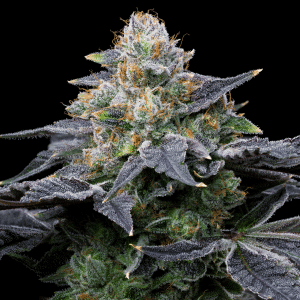
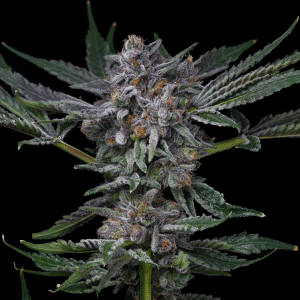
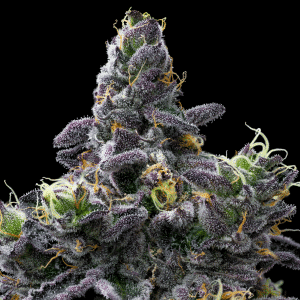
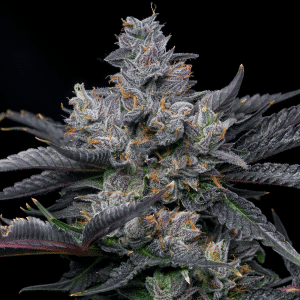
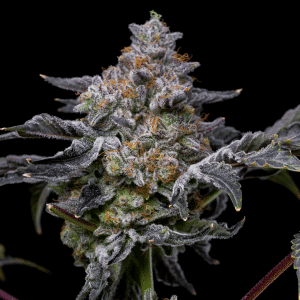
Offers
This product is not for use by or sale to persons under the age of 18. This product should be used only as directed on the label. It should not be used if you are pregnant or nursing. Consult with a physician before use if you have a serious medical condition or use prescription medications. A doctor’s advice should be sought before using any hemp products. All trademarks and copyrights are property of their respective owners and not affiliated with nor do they endorse this product. These statements have not been evaluated by the FDA. This product is not intended to diagnose, treat, cure or prevent any disease. By using this site you agree to follow the Privacy Policy and all Terms & Conditions printed on this site. All products contain less than 0.3% Cannabinoid-compliant with applicable Federal Laws. Please make yourself aware of any and all applicable laws regarding hemp in your jurisdiction. Premium Cultivars accepts no liability or responsibility regarding germination laws in any specific locale state or national jurisdictions.THCA products are not available for shipment to the following states: Hawaii, Idaho, Minnesota, Oregon, Rhode Island, Utah, Vermont *Note: Products with Total THC content above 0.3% must not be shipped to these states.
We want to help you get your hands on the seeds you want, take 20% off your next purchase when you enter your email below!
We want to help you get your hands on the seeds you want, take 20% off your next purchase when you enter your email below!